This week presents a double bill of exhibitions for Miles Aldridge fans. The London photographer’s intensely colour saturated and fantastically glamourous images are now on display as part of the I Only Want You to Love Me and Short Breaths shows, exhibiting at Somerset House and Brancolini Grimaldi respectively.
Twin caught up with the photographer at the opening of his retrospective to talk about childhood memories of the camera, why flaws make a woman beautiful and the age of postmodern photography…
When was the first time you realised that you loved photography?
I went in and out of photography throughout my childhood and teens. My dad gave me a camera when I was about ten. He was an art director and bought a Nikon in the sixties to photograph the Beatles. He gave me this camera I think to kind of get rid of me really; it was a summer holiday and one reason go off and do something. I remember hanging up one of my sister’s doll by the neck and taking a photograph of that, it was quite a cinematic image from the beginning.
But I didn’t pursue photography, because my father was an illustrator I pursued drawing. I went to art school, was determined to be an illustrator and became one. That went quite well but I found it boring. Photography kept coming back into my sphere of experiences. I thought photography would be a way to become a filmmaker, I didn’t intend to stay a photographer. I picked up this camera, that my father had given me, again in my early twenties and started taking pictures. That coincided with a grunge movement in London, which was a really simple route for me to follow.
At that point the idea that you were not a professional fashion photographer was a bonus — it meant that you were authentic. I hadn’t trained or assisted anyone to be a fashion photographer. The real fundamentals of being a fashion photographer are really more the credentials that I had, meaning that I was a guy who had a camera who had a girlfriend that he photographed a lot. In a way that was more authentic than somebody who’d done lots of tests with models.
What I’ve always liked about being a photographer is that it puts a frame around something that you see, whether it’s your girlfriend or a doll hanging by its neck. By putting a frame around it, it becomes a picture. By containing it, you’re able to judge whether its interesting. For example, I don’t think I’d be very good at theatre direction because I don’t like the way the eye is able to rove freely on the stage. Ultimately, I’m not sure if I have the talent for storytelling. I think more my talent lies in presenting frames around images.
How do you see women represented in your images? They are very beautifully stylised but then upon second look there is something cracked underneath that perfect exterior.
I think the women are very beautiful heroes of the picture and in a way, we kind of worship them. They’re to be adored and represent the world that they come from and we live in presently, because that world is not a happy place of contentment. I read the newspapers everyday and it’s unbelievable how bizarre, inhumane and amoral the human animal can be.
I don’t feel comfortable presenting beautiful women as perfect beings. I think about them much more as broken, wounded and beautiful at the same time. Beauty goes hand in hand with being wounded. In movies a heroine who has it all and is successful is not very likable, but if she’s suffered and is a representative of this society that she lives in, then we have empathy with her. When people see the pictures of these goddesses that I make, they’ve all got cracks in them, they’re not immaculate. They represent, not complete unhappiness, but the questioning and troubling nature of our times, which is what I’m after.
That’s also interesting because you say you are inspired by Fellini and Hitchcock, who have very specific types of women in their imagery as well.
Yes, there’s often a mother figure, a girlfriend, a wife. There’s three kind of archetypes and that’s mostly the women I know. My mother is a very strong memory for me. The fact that she died when I was young and then short of vanished, I think for anyone creates a mystery about the mother figure. You’re left with the enigma of what she left behind: her makeup, her clothes in the wardrobe, who is this woman that is gone? To quote Robert Smith from The Cure, ‘Nobody ever knows or loves another’. I think that’s interesting and there’s some truth to that.
How do you see yourself in terms of your work? It would be too simplifying to say it’s just fashion photography, especially now that we are seeing fashion photography as more of an art form.
Luckily I’ve been of a generation where photographers have pushed through. People like Helmut Newton and Richard Avedon had exhibitions, but it’s interesting that Avedon’s exhibitions were about his so-called personal work. I’m coming from a postmodern point of view where I’m taking pictures for a fashion magazines that I know go on a gallery wall, whereas Newton was taking pictures for a fashion magazine only and then they went on a gallery wall.
I’m coming from a much more technical point of view. I know I have to make these pictures work so that they can be enlarged in scale. And again with Avedon, even though he was the greatest living fashion photographer, in order to be taken seriously as an artist he had to do pictures in asylums, things that document. Instead of photographing his beautiful models, he now had to go and photograph the white trash of America. All of that is brilliant work, but when people ask me if I have any personal work, I do have personal work but really this is my personal work.
I’ve probably taken Newton’s and Avedon’s lead in the sense that you document your world as well as the clothes. I’ve probably taken that to a degree beyond where even they had imagined. When I have meetings with Vogue Italia, we don’t talk about clothes at all. We talk about women, ideas about women and what these metaphors and symbols might mean. Fashion magazines have transformed over the last ten years because of the internet, they have less power to dictate to the photographer what they need from them. I think I’ve moved into that vacuum. I present an idea instead of just accepting commissions because of my very lucky relationship with Franca Sozzani. She will give me enough rope to hang myself in that she will let me do what I want to do.
How has your method of working changed since the earliest and most recent pictures in this exhibition?
The earliest picture is from around 2004, so it’s ten years of work more or less, yet it all hangs together as one body. That was the intention quite early on. I wanted the work to have a signature, whether it was in the colour, focus, clarity or in the kind of bittersweet imagery that was being made. I wanted it to be within the same universe yet be as broad as Shakespeare. It’s working on the human condition: those ideas of love, mothering, death, addictions, religion, the relationship between your child and you and vice versa. Everything begins with the human so it’s a small but at the same time huge universe.
I Only Want You to Love Me is on display until 29 September at Somerset House, Strand, WC2R 1LA.
Short Breaths exhibits from 12 July – 28 September at Brancolini Grimaldi, 43-44 Albemarle Street, W1S 4JJ.
somersethouse.org.uk
brancolinigrimaldi.com
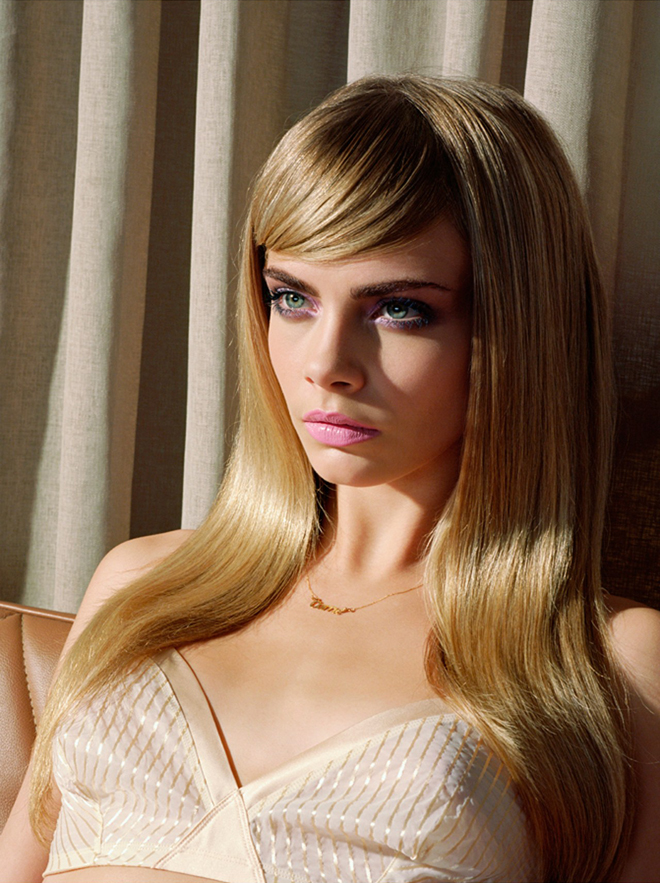
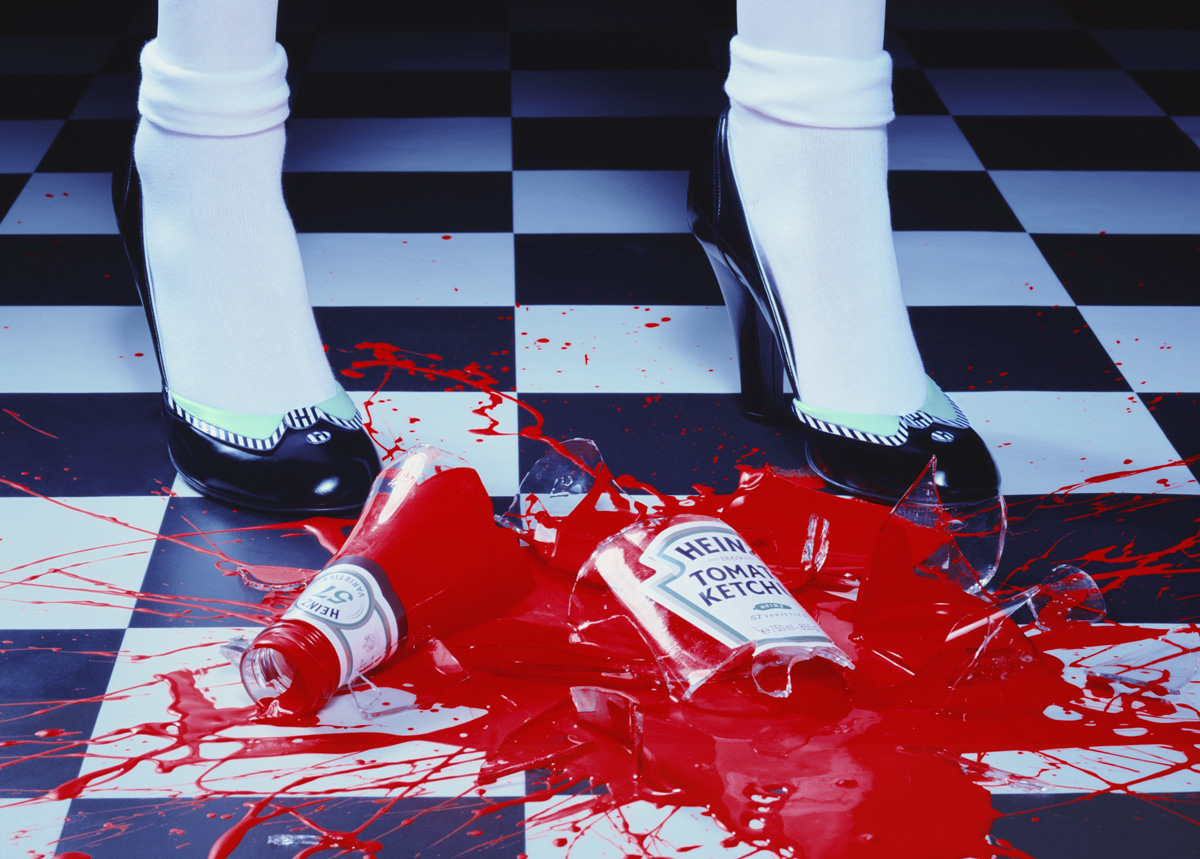
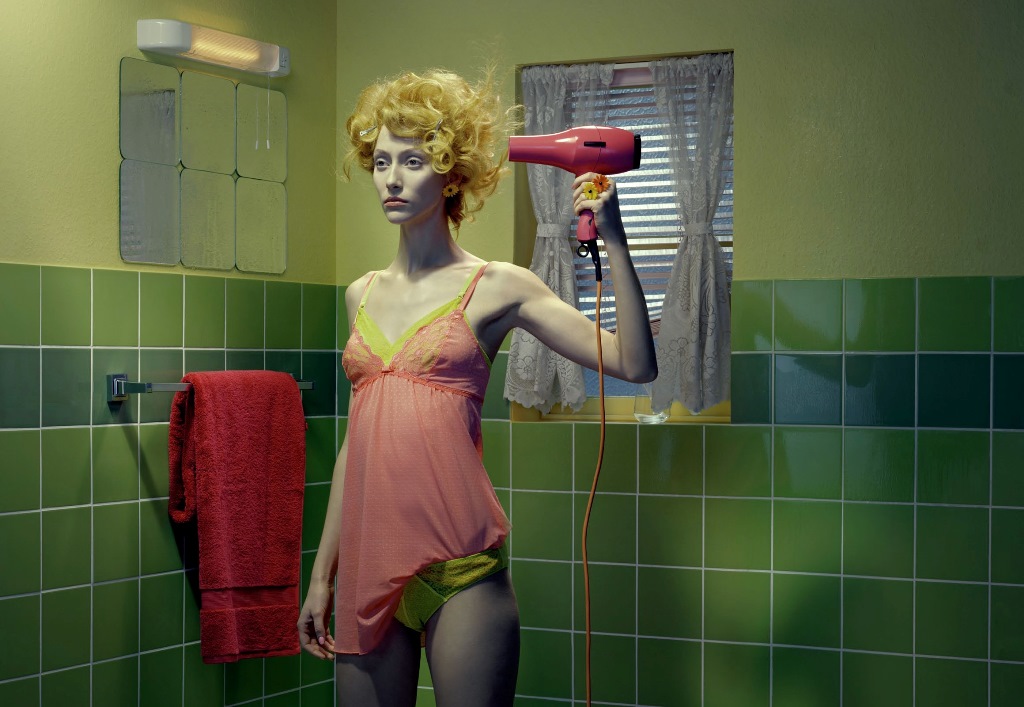

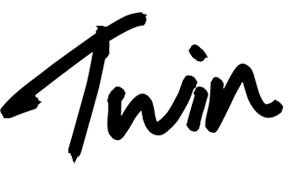

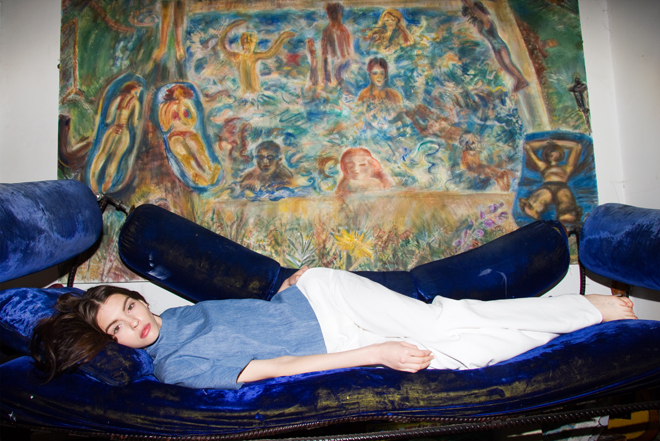
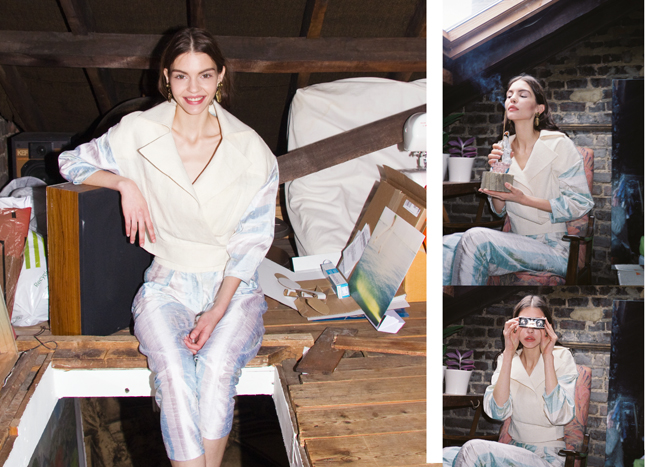
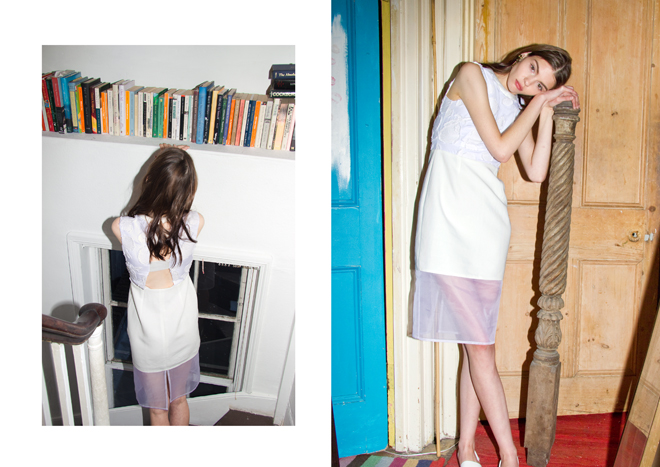
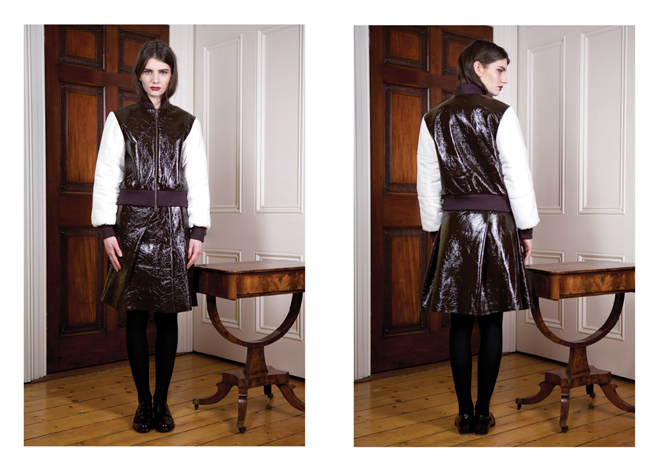
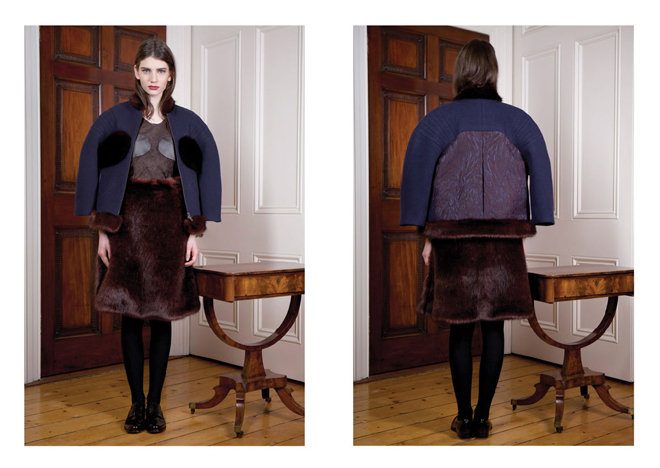
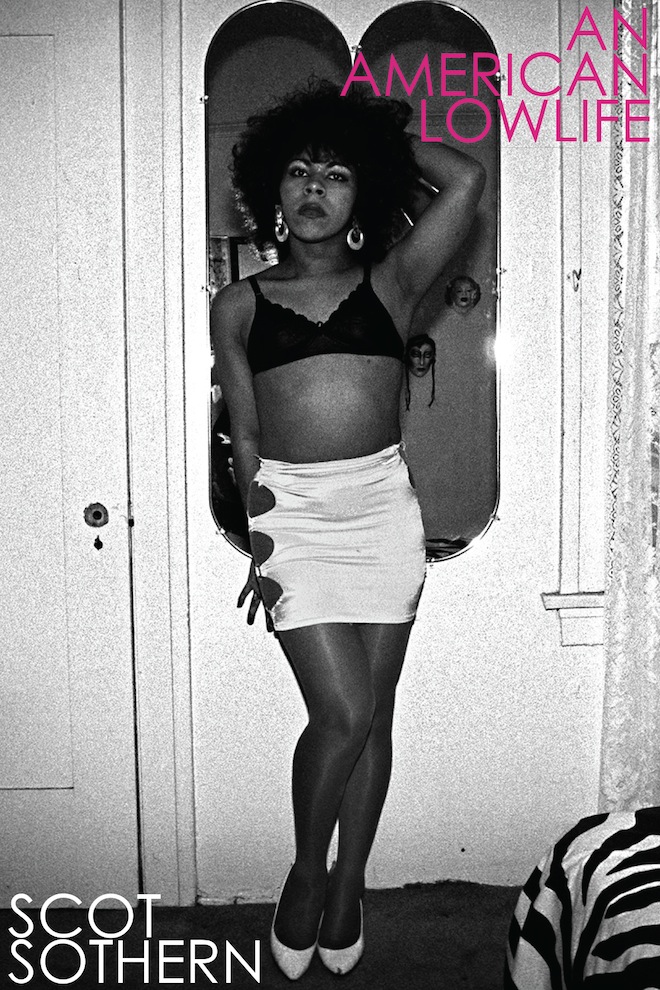
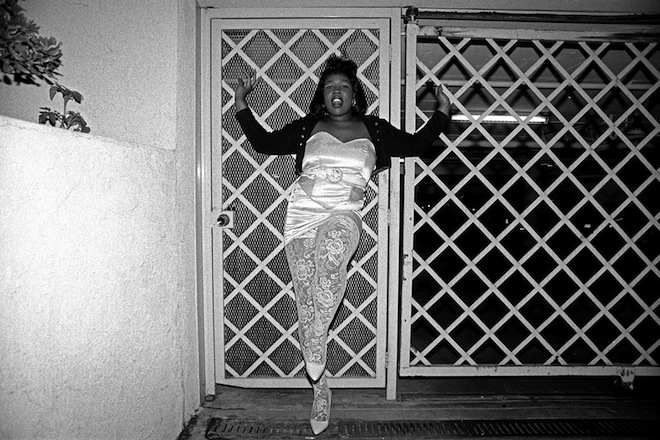
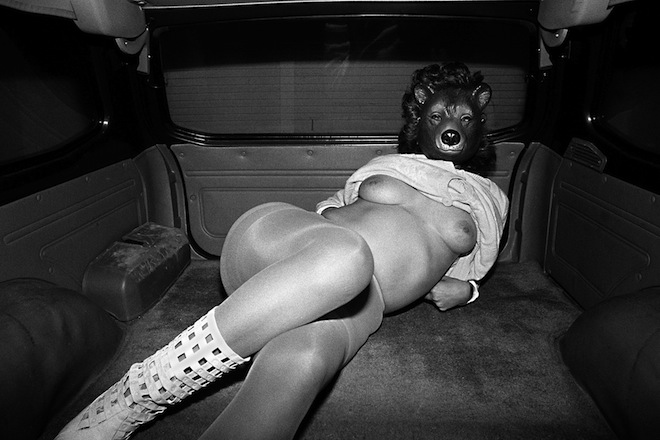
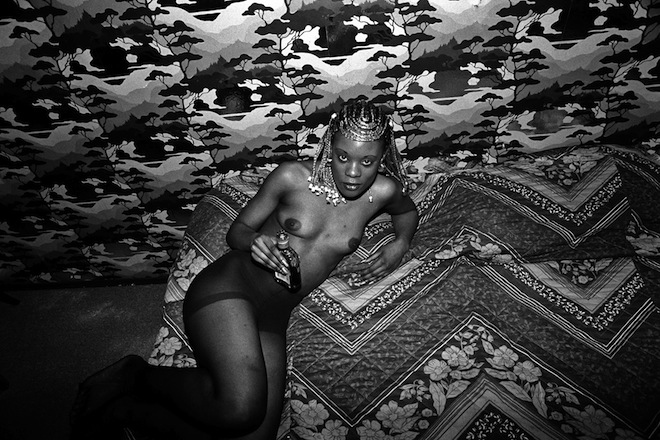

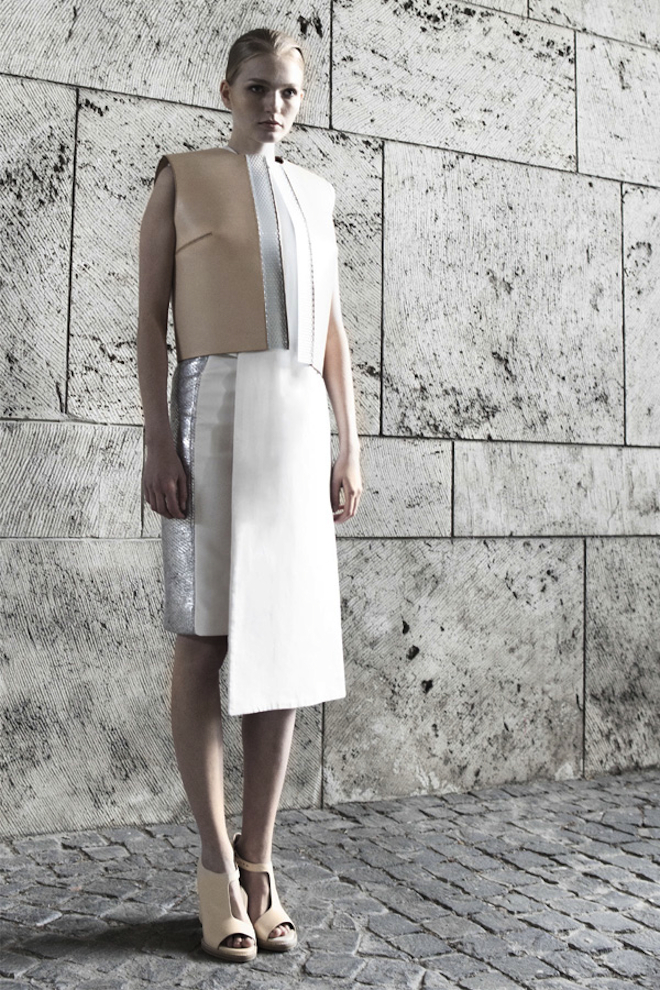
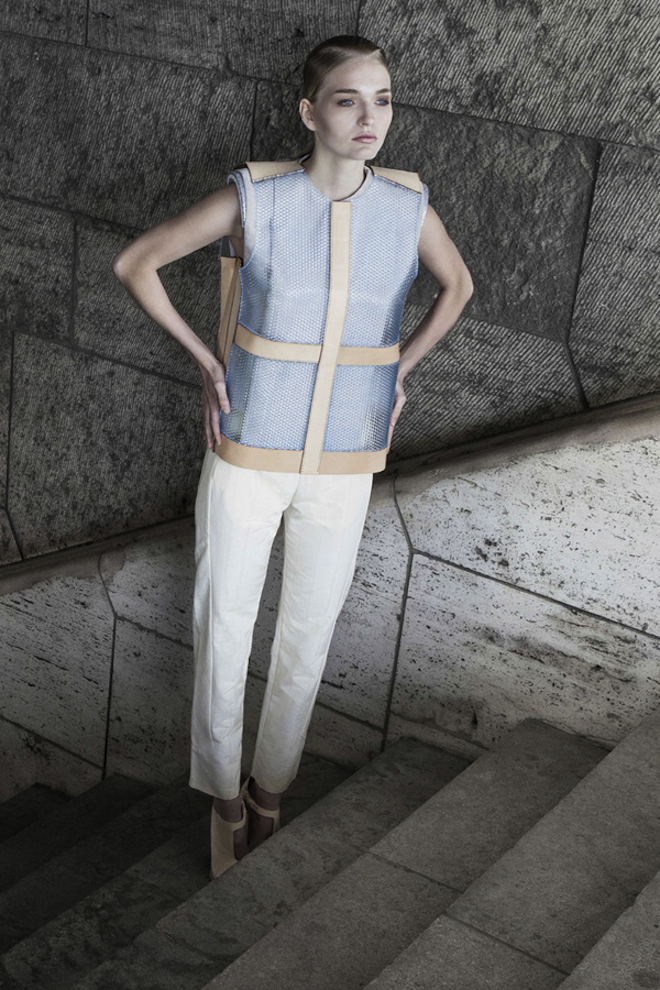
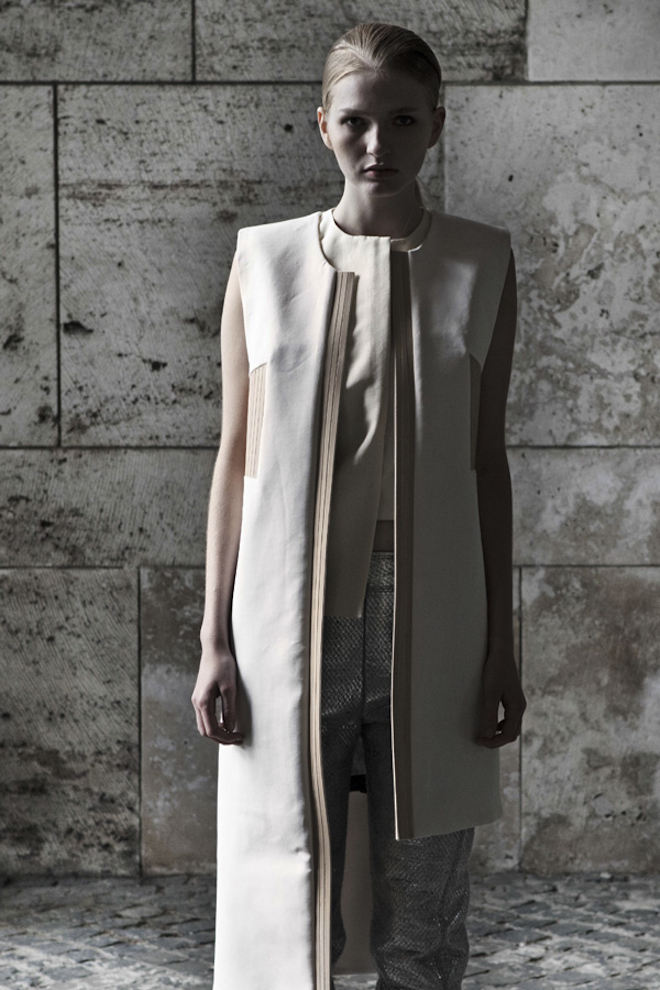
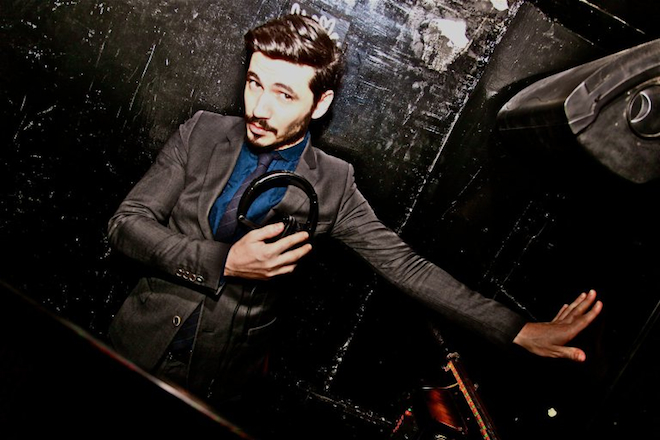
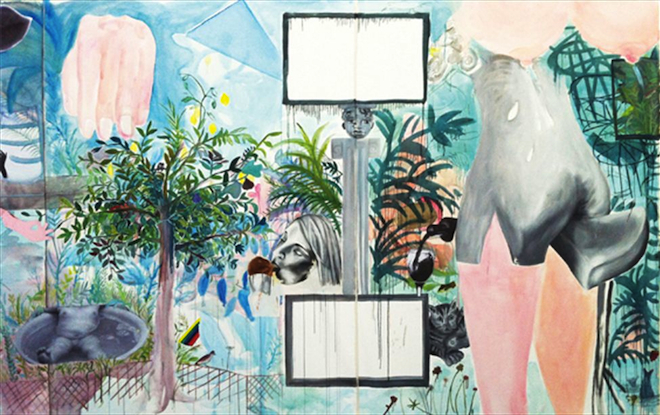
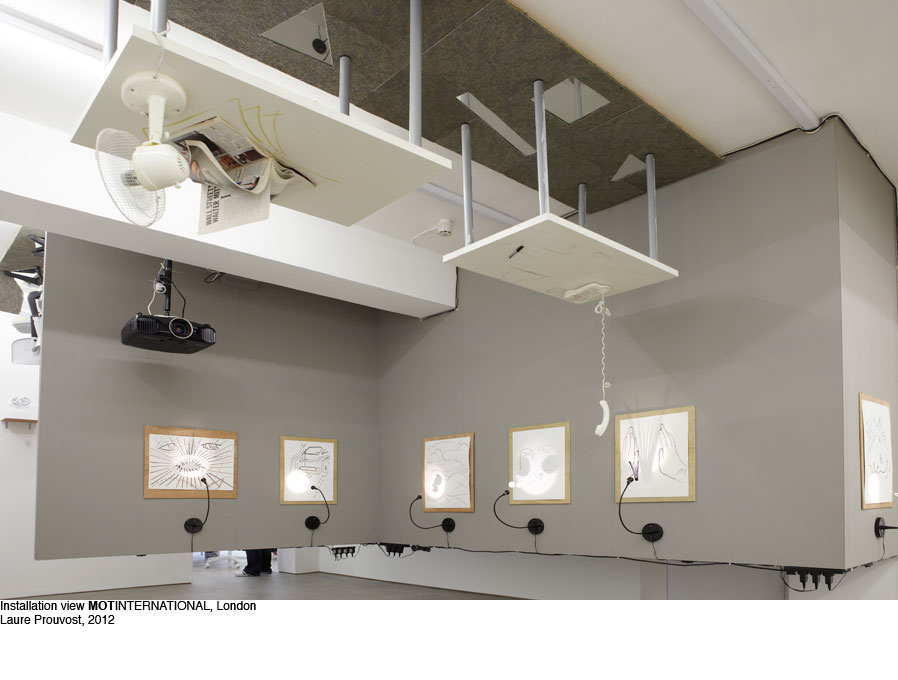
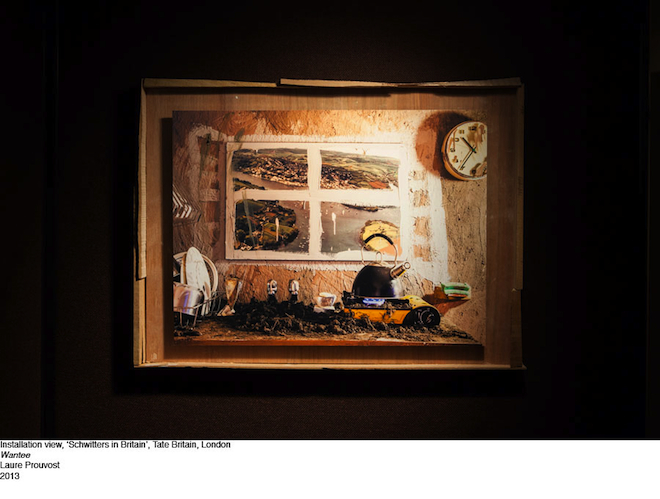
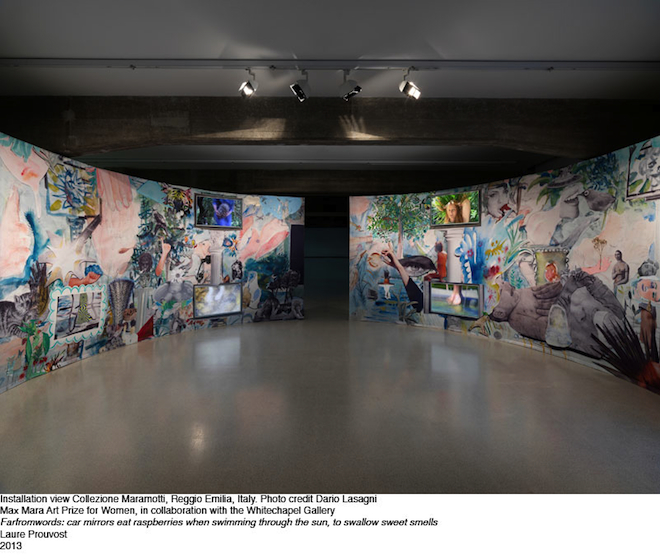
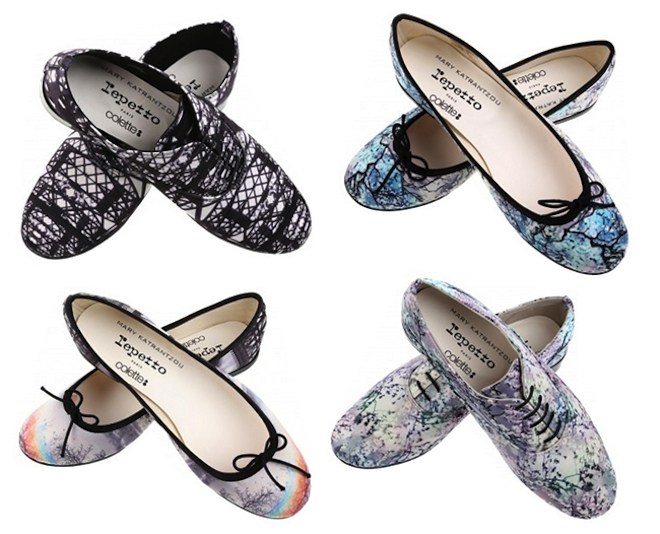


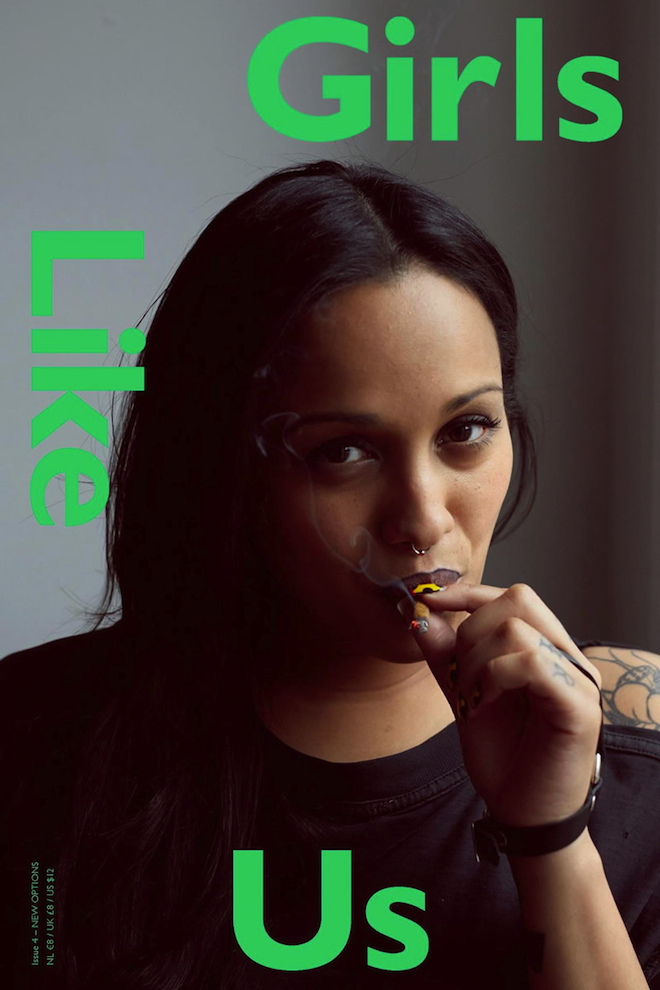




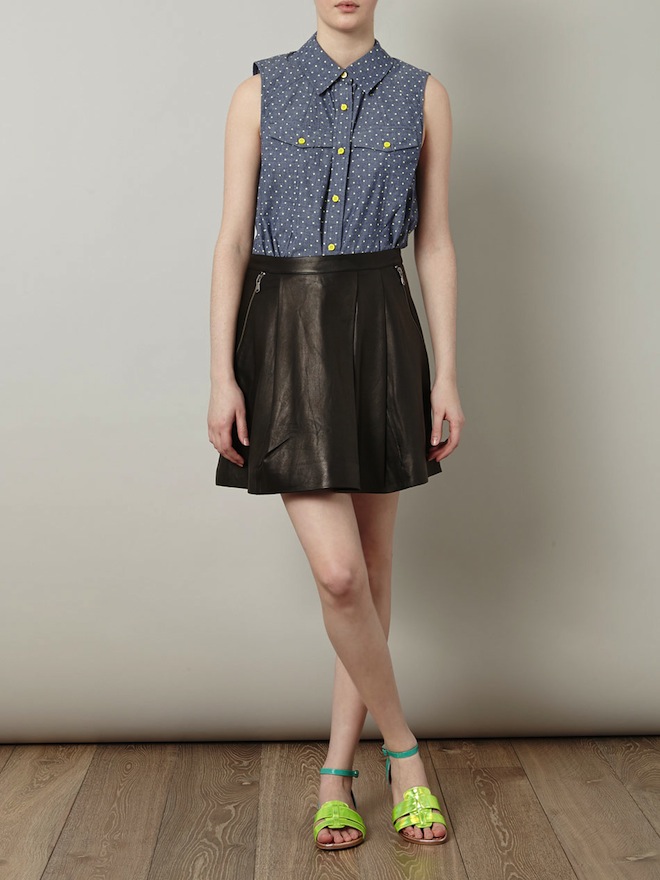
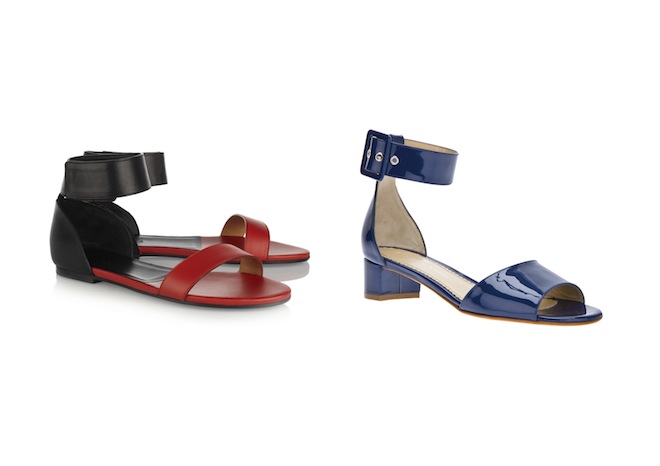
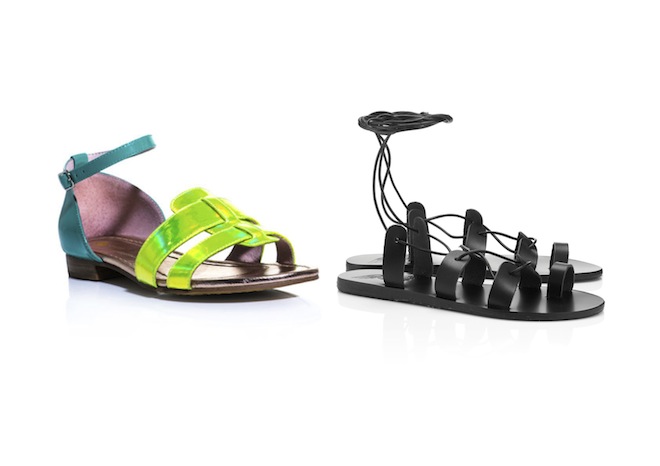
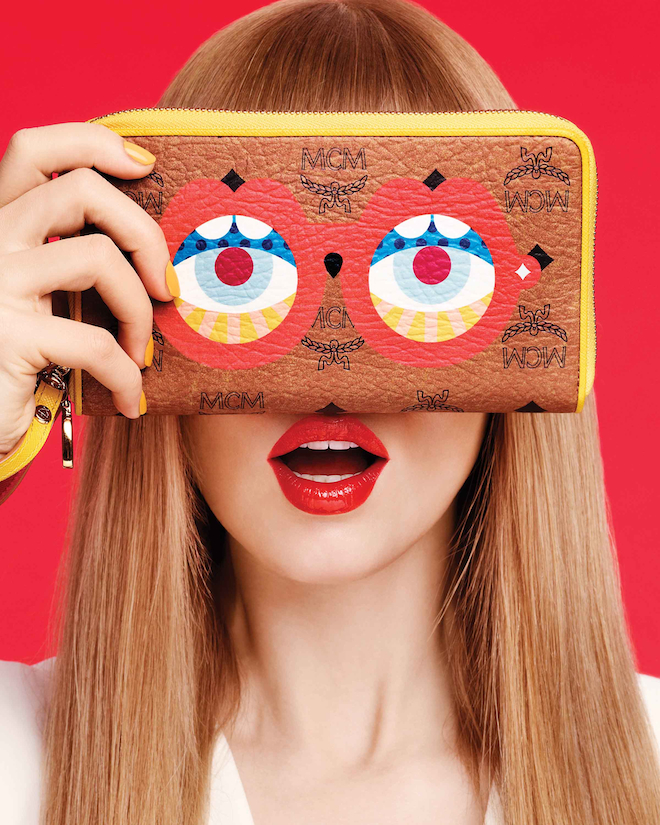
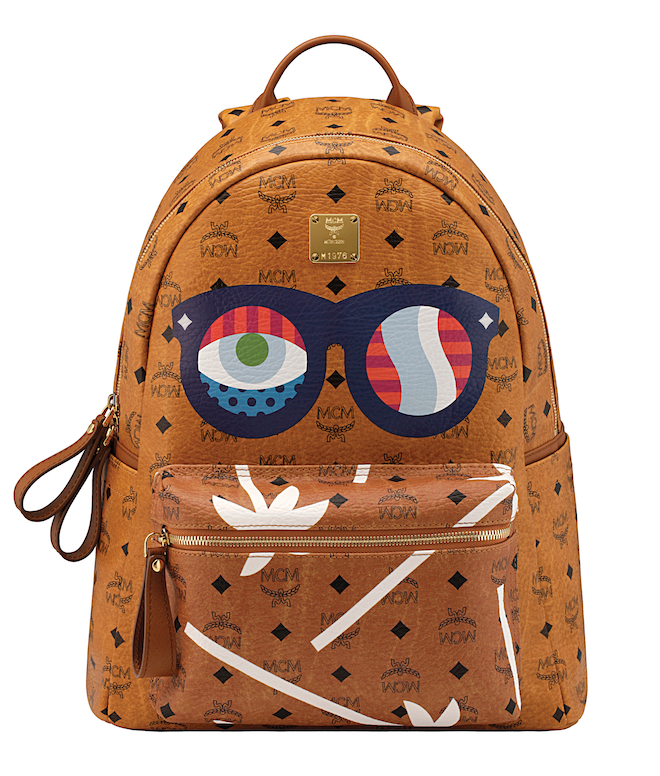
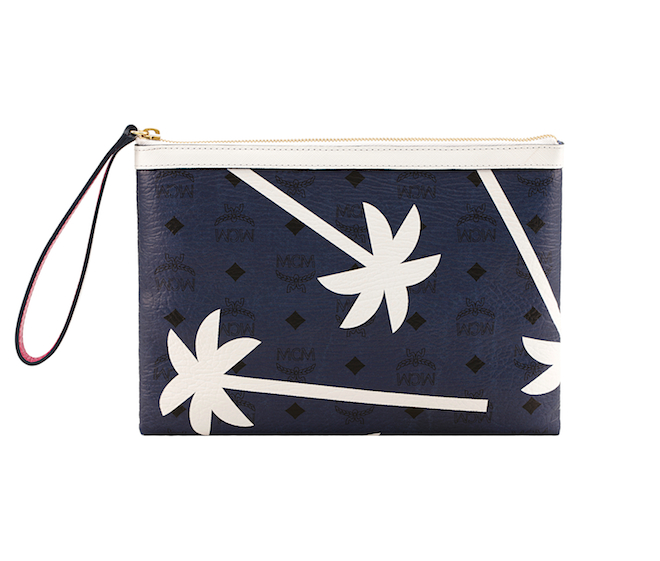


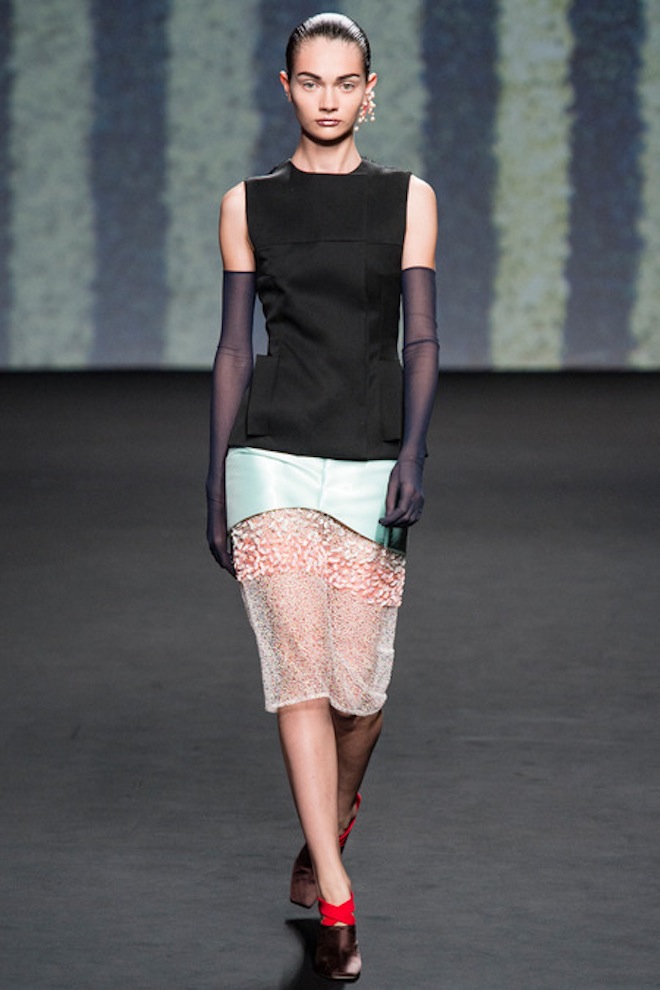
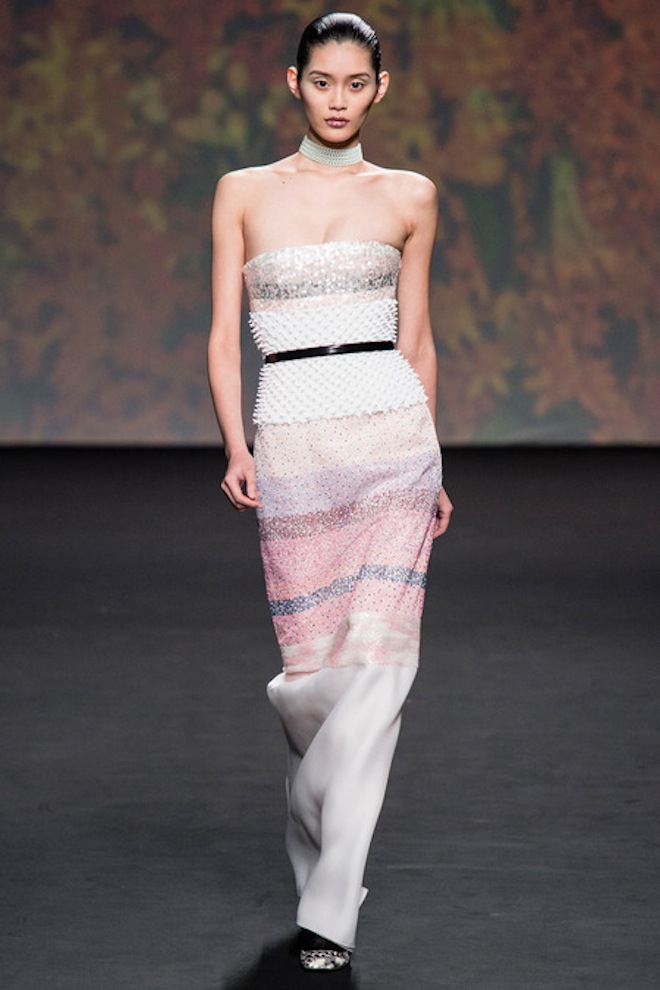

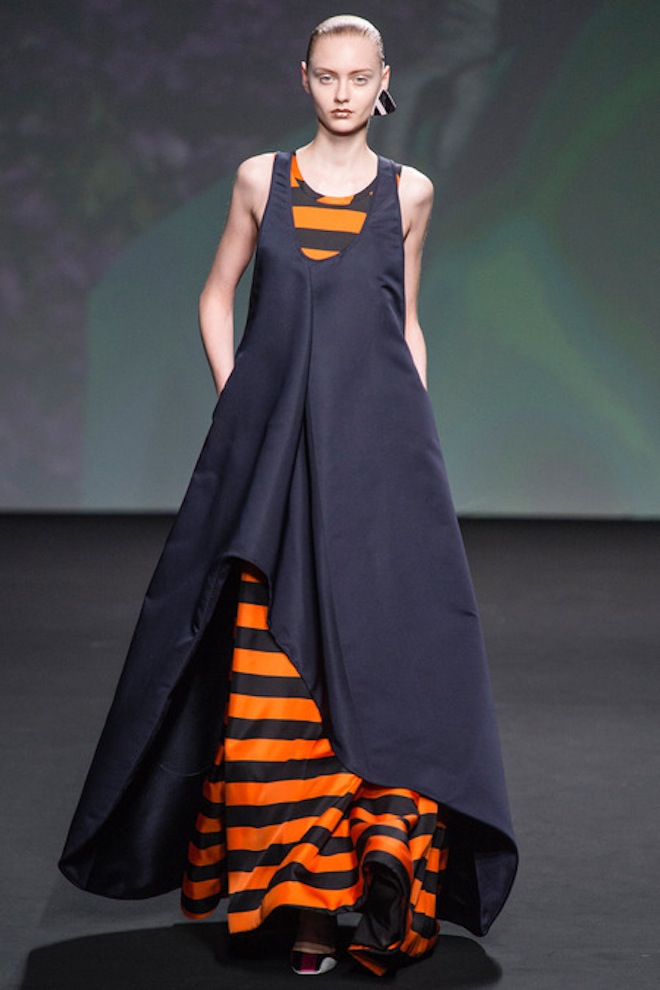
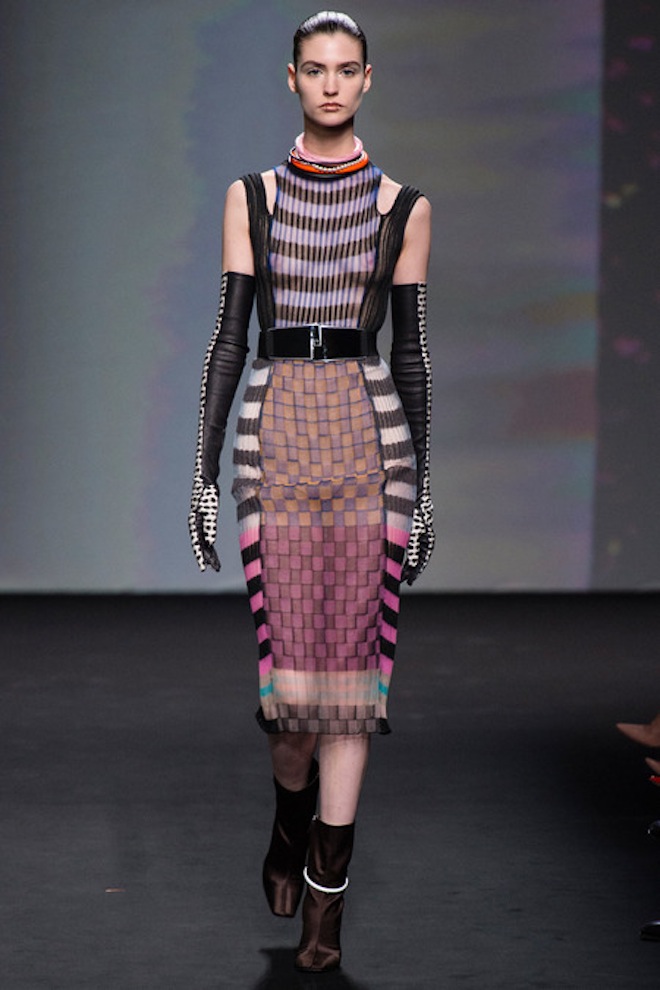

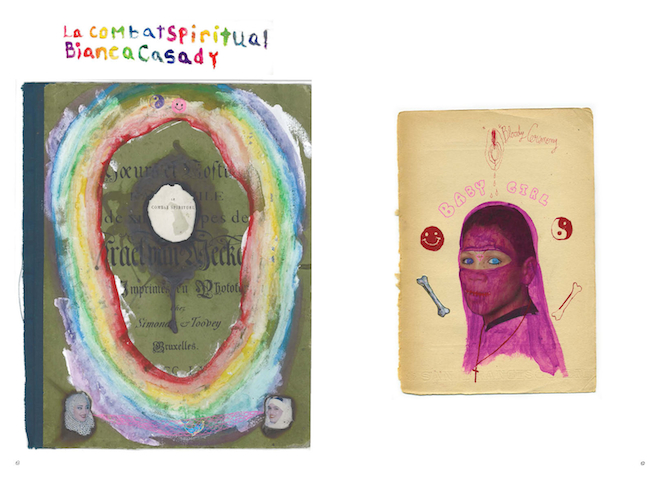
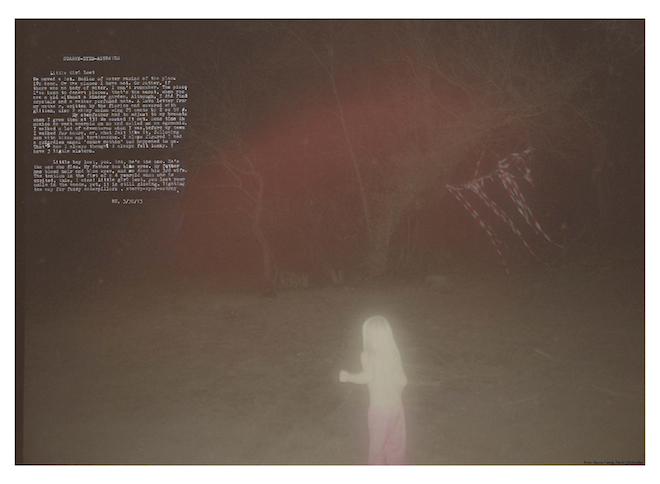
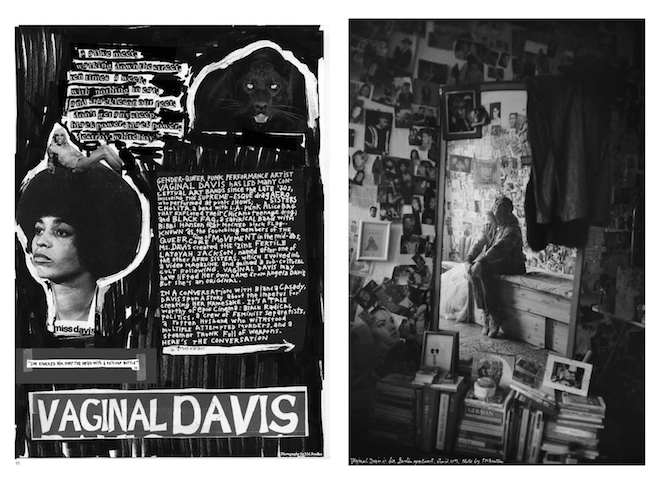







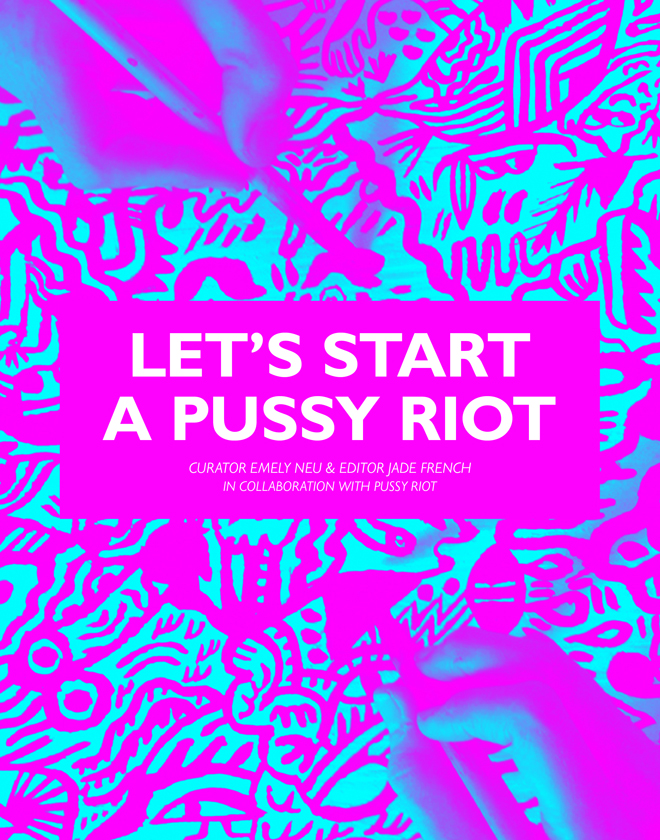
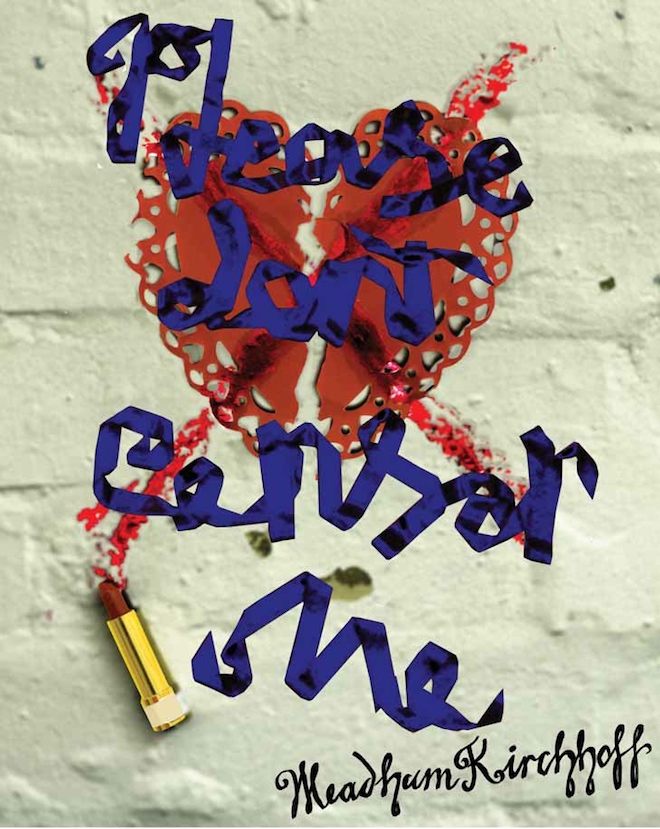
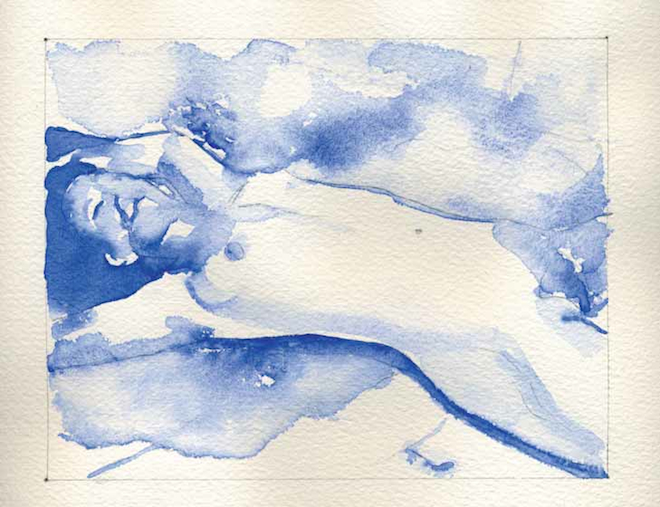
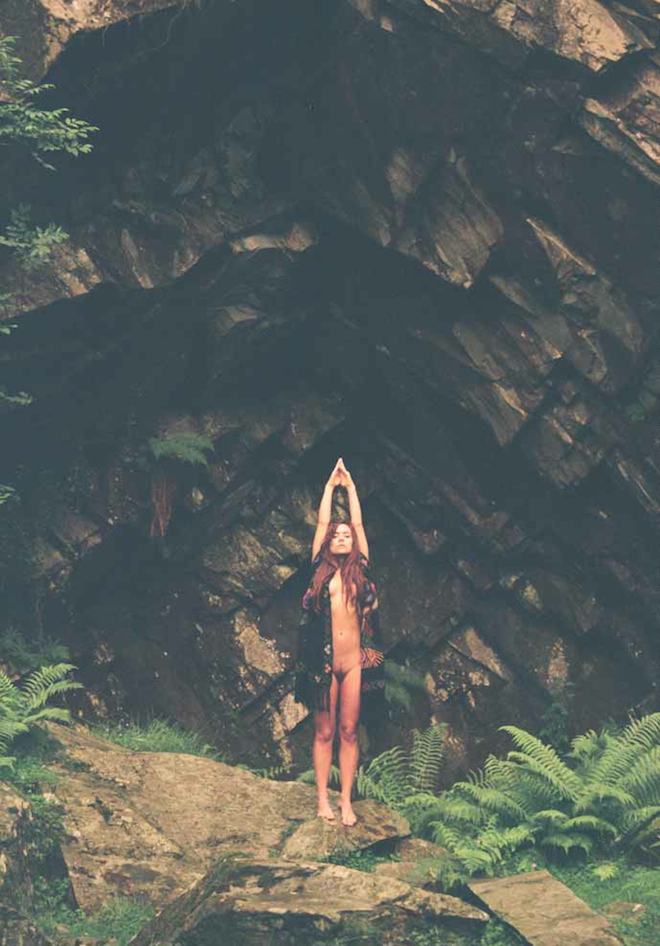
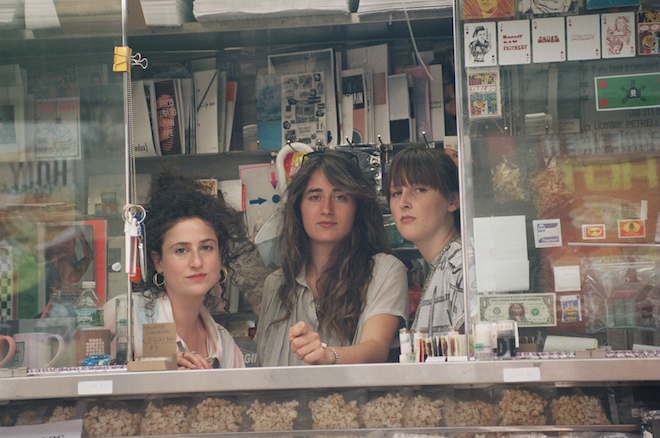
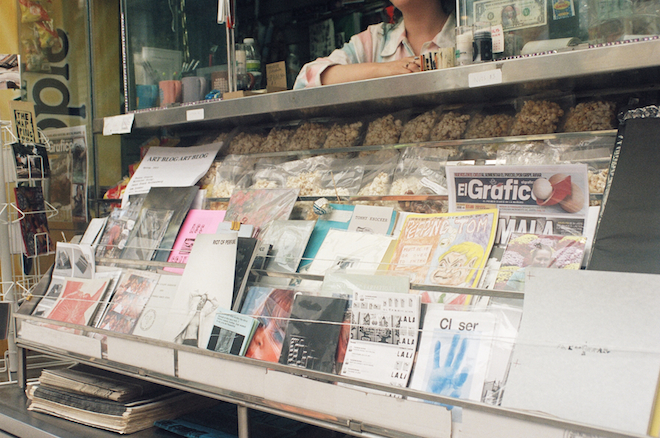
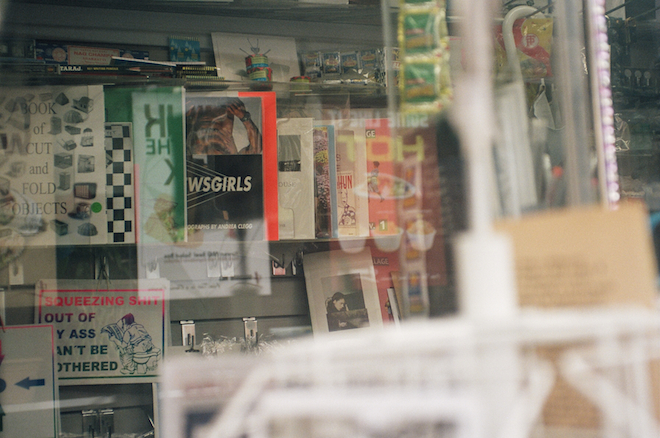
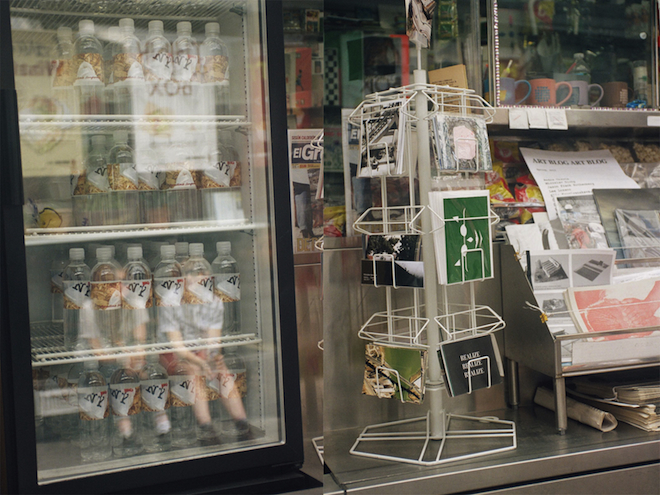
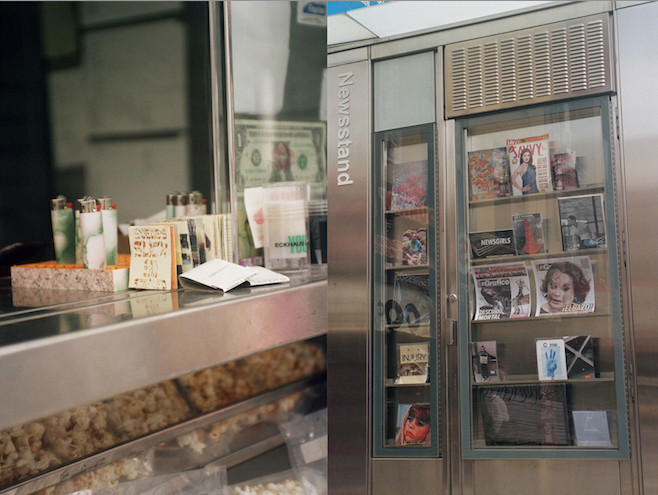
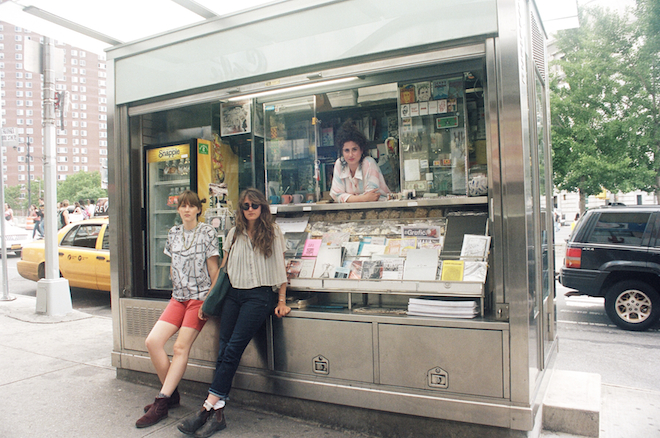
 PREVIOUS
PREVIOUS

 Twitter
Twitter
 Tumblr
Tumblr
 YouTube
YouTube
 Facebook
Facebook
 Instagram
Instagram
